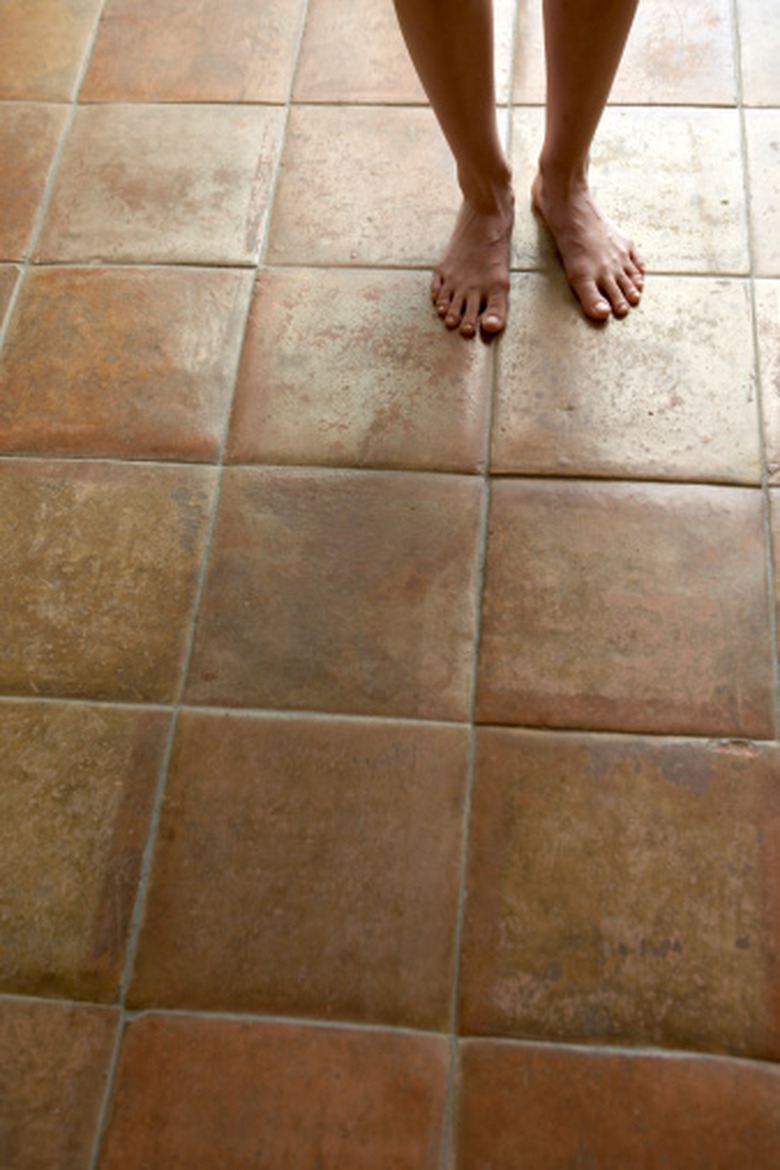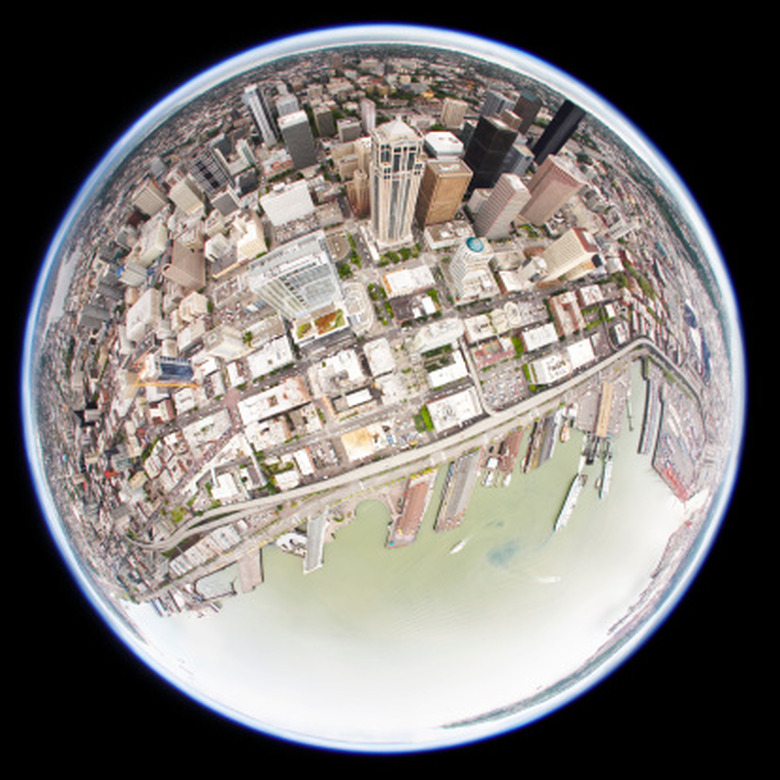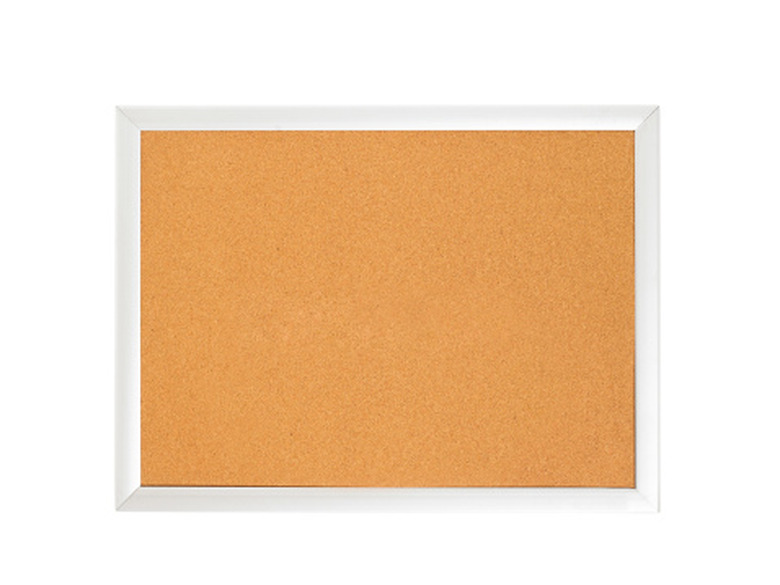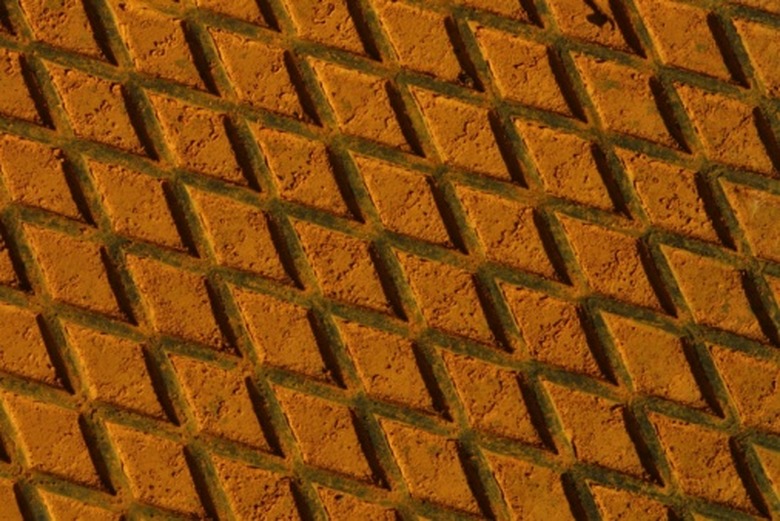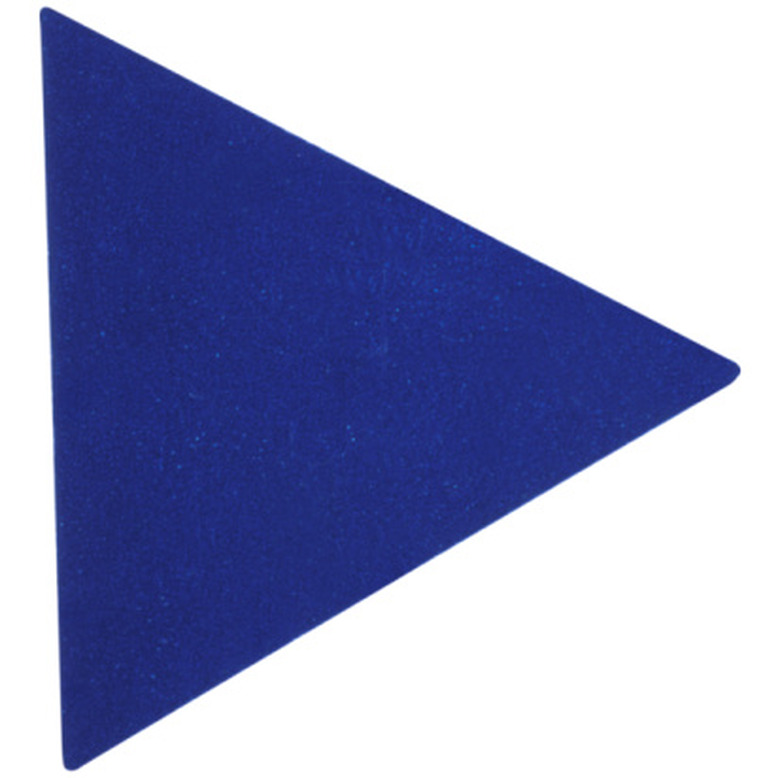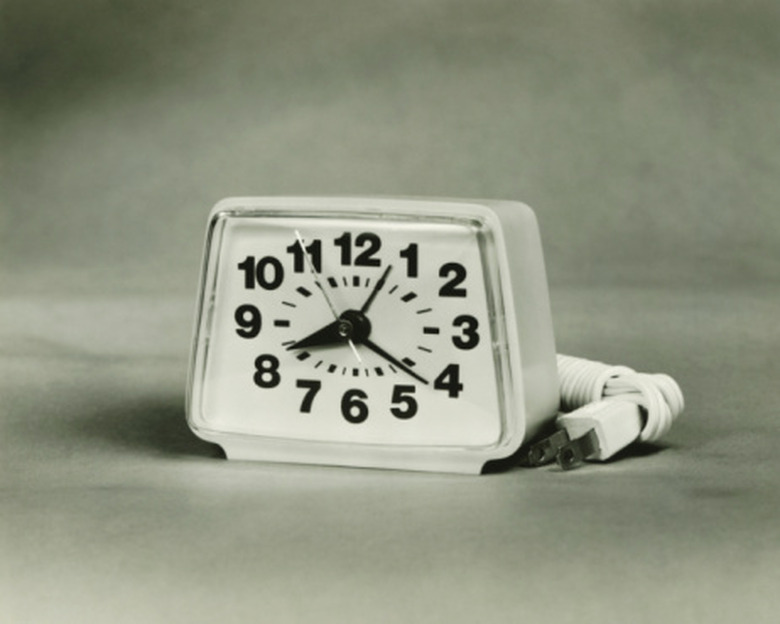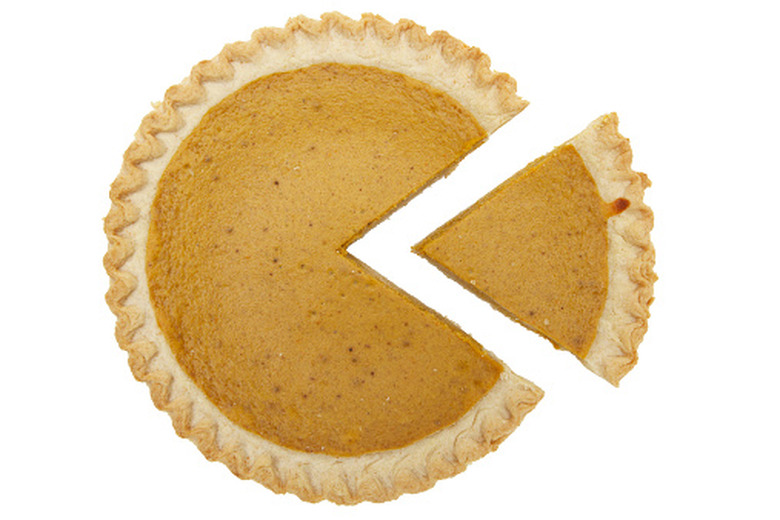How To Calculate The Total Area
Calculating total area has many real-world applications. You can use it to determine how many tiles are required to cover a floor, the square footage of a house, the size of a tablecloth needed for a particular table or the area covered by your sprinkler system. You may also have to calculate the area available in a room before purchasing new furniture. The task of calculating total area requires one of a few basic equations.
Circle
Step 1
Measure the radius, r, of the circle. The radius is measured from the center of the circle to the edge. It is equal to half of the circle's diameter. For example, suppose a circle has a radius of 5 feet.
Step 2
Square the radius. In the example, the radius r is 5 feet, so r^2 is 25 square feet.
Step 3
Multiply r^2 by the mathematical constant pi, which is approximated at 3.14159, to find the area of the circle. Overall, the equation for the area, A, of a circle can be written as: A = π (r^2). In the example, this becomes A = (3.14159)(5 feet ^ 2) = 78.5398 square feet.
Square or Rectangle
Step 1
Measure the height, h, of the rectangle or square. Suppose the height is 5 inches.
Step 2
Find the length of the base, b. In our example, say the base is 12 inches.
Step 3
Multiply the length of the base, b, by the height, h, to find the total area. The equation for the area, A, of a square or rectangle area can be written as: A = b * h. In our example, the base, b, is 12 inches, and the height, h, is 5 inches. Therefore, the area is 12 inches multiplied by 5 inches, or 60 square inches.
Parallelogram
Step 1
Find the altitude of the parallelogram. The altitude is the vertical height of the parallelogram. Suppose the altitude, v, is 3 feet.
Step 2
Measure the length of the base, b. For the example, set the base length equal to 5 feet.
Step 3
Multiply the length of the base by the vertical height to calculate the total area, A, of the parallelogram. This equation can be written as: A = v * b. In the example, this becomes A = (3 feet)(5 feet), which is 15 square feet.
Triangle
Step 1
Determine the vertical height, h, of the triangle. For example, set the height equal to 2 inches.
Step 2
Measure the length of the base, b. Suppose the base is 3 inches.
Step 3
Multiply the height by one-half the length of the base. The equation for the total area, A, of a triangle is A = (1/2) b * h. In the example, A = 0.5 (3 inches) (2 inches) = 3 square inches.
Trapezoid
Step 1
Measure the vertical height, h, of the trapezoid. As an example, calculate the surface area of the trapezoidal face of the clock; the height is 3.5 inches.
Step 2
Find the length of the base, b. Let's say the base, b, is 4 inches long.
Step 3
Measure the length of the top side, a. The base, b, and top, a, will be parallel and on opposite sides. For the example, set the length of the top side equal to 3 inches.
Step 4
Take half of the sum of the two parallel sides, a and b, and multiply that by the height, h, to find the total area, A. This can be written as A = (1/2) (a + b) h. Substitute in the measurements from the example into the equation. The equation becomes A = (0.5) (3 inches + 4 inches) (3.5 inches), which is 12.25 square inches.
Sector
Step 1
Measure the length of the radius, r, of the sector. This is the length of the one of the straight edges of the sector or slice. For example, set the radius equal to 6 inches.
Step 2
Find the angle, θ, between the two straight edges of the sector. This is measured in radians. Suppose this is 1.05 radians.
Step 3
Square the radius, r, divide by two, and then multiply this by the angle, θ, to find the area of the sector. This is written as Area = (1/2) (r^2) θ, and in the example it is (0.5) ((6 inches)^2) (1.05) = 18.9 square inches.
TL;DR (Too Long; Didn't Read)
Math Is Fun provides an online calculator if you want to check your calculations (See References).
If you need to calculate the area of a composite shape, calculate the area of the individual shapes that make up the object and add them together.
Don't forget to include the units, such as inches, feet and yards.
References
Cite This Article
MLA
Murphy, Ellen. "How To Calculate The Total Area" sciencing.com, https://www.sciencing.com/calculate-total-area-8253593/. 24 April 2017.
APA
Murphy, Ellen. (2017, April 24). How To Calculate The Total Area. sciencing.com. Retrieved from https://www.sciencing.com/calculate-total-area-8253593/
Chicago
Murphy, Ellen. How To Calculate The Total Area last modified August 30, 2022. https://www.sciencing.com/calculate-total-area-8253593/
